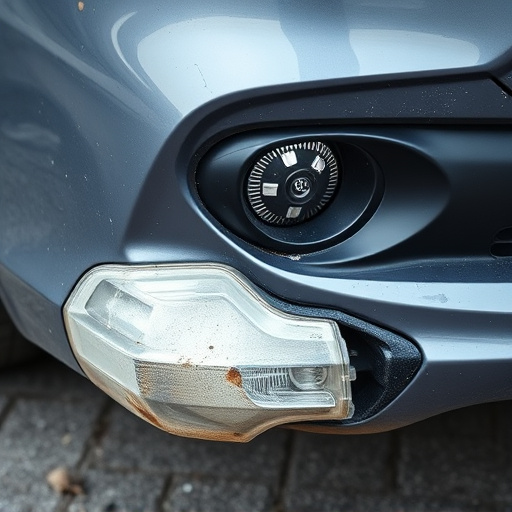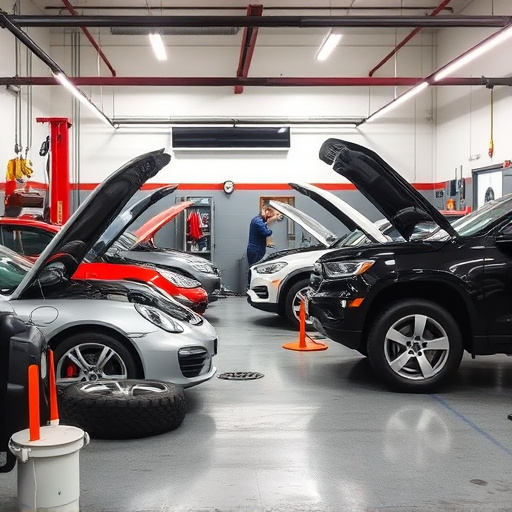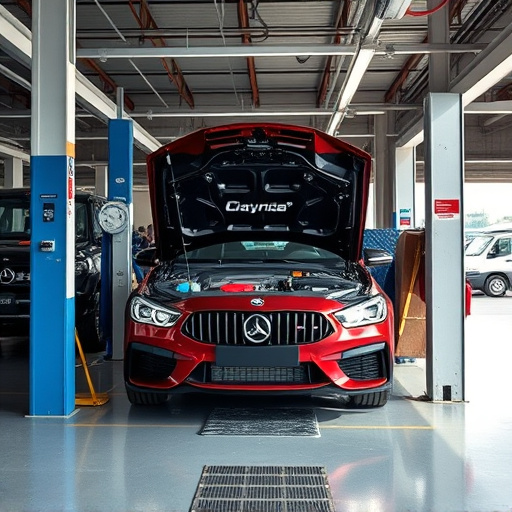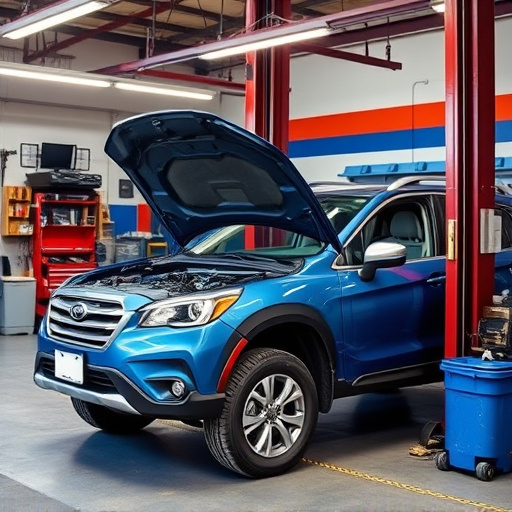Automotive shops are transitioning from traditional to digital communication methods for repair completion timeline updates to enhance efficiency and customer satisfaction. By using apps, automated notifications, and user-friendly platforms, they provide real-time progress information, streamline scheduling, and improve overall collision center interactions. Transparent, prompt, and clear updates via various channels build trust and positive relationships with clients.
In today’s fast-paced world, effective communication about repair completion timelines is vital for building customer trust. Traditionally, shops relied on phone calls and emails, but digital tools are now revolutionizing this process. This article explores these evolving methods, focusing on best practices to keep customers informed throughout the repair journey. From text notifications to online portals, we’ll delve into how businesses can enhance engagement, reduce confusion, and ensure timely updates, ultimately improving customer satisfaction in the face of changing schedules.
- Traditional Communication Methods for Repair Timelines
- Digital Tools Enhancing Customer Engagement
- Best Practices for Effective Timeline Updates
Traditional Communication Methods for Repair Timelines

In the past, shops primarily relied on traditional communication methods to inform customers about their vehicle’s repair completion timeline. This often involved a simple phone call or a written note, where a customer would be notified when their car was ready for pickup. For more complex repairs like hail damage repair or car paint repair, estimates and timelines were communicated verbally or through basic text messages. While these methods got the job done, they lacked efficiency and clarity, leaving customers uncertain about when their vehicles would be repaired.
Moreover, with the increasing demand for high-quality and prompt services, especially in the case of luxury vehicle repairs, these traditional methods proved insufficient. They often led to miscommunication and delays, affecting customer satisfaction. To address these issues, shops are now embracing digital solutions, such as text updates and dedicated mobile apps, ensuring a seamless and transparent repair completion timeline experience for all customers.
Digital Tools Enhancing Customer Engagement

In today’s digital era, shops are leveraging cutting-edge tools to enhance customer engagement and streamline communication regarding repair completion timelines. These innovations, tailored for the automotive industry, enable seamless interactions between customers and collision centers. By integrating user-friendly platforms and apps, shops can provide real-time updates on service progress, allowing clients to stay informed and make informed decisions without constant follow-ups.
Digital tools also facilitate proactive communication, where automated notifications inform customers about expected repair durations and potential delays. This transparency builds trust in automotive repair services, fostering a sense of partnership between the shop and its clientele. Moreover, these platforms often include features for scheduling appointments, tracking parts orders, and receiving post-repair feedback, creating a holistic digital experience for all collision center interactions.
Best Practices for Effective Timeline Updates

Shops communicating changes in repair completion timelines is a crucial aspect of maintaining customer satisfaction and trust. Best practices for effective timeline updates include being transparent, prompt, and clear. It’s essential to inform customers about delays or accelerated schedules as early as possible, using various channels such as email, SMS, or in-app notifications. Providing specific reasons for delays, like parts availability or unforeseen technical issues, helps build credibility.
Additionally, shops should offer alternative solutions or estimated new completion times to keep customers informed and engaged. Regular updates, even if there are no changes, can also set expectations and demonstrate proactive communication. For instance, daily status checks and progress reports on complex auto body repairs or body shop services can reassure customers that their vehicles are in capable hands. This approach ensures open lines of communication, fostering a positive relationship between the shop and its clients.
Shops have evolved in their approach to communicating repair completion timelines, moving from traditional methods to digital tools that enhance customer engagement. By adopting best practices, such as transparent updates and real-time tracking, businesses can significantly improve customer satisfaction. Embracing digital solutions not only streamlines operations but also fosters trust and open communication, ensuring customers are well-informed throughout the repair process.













